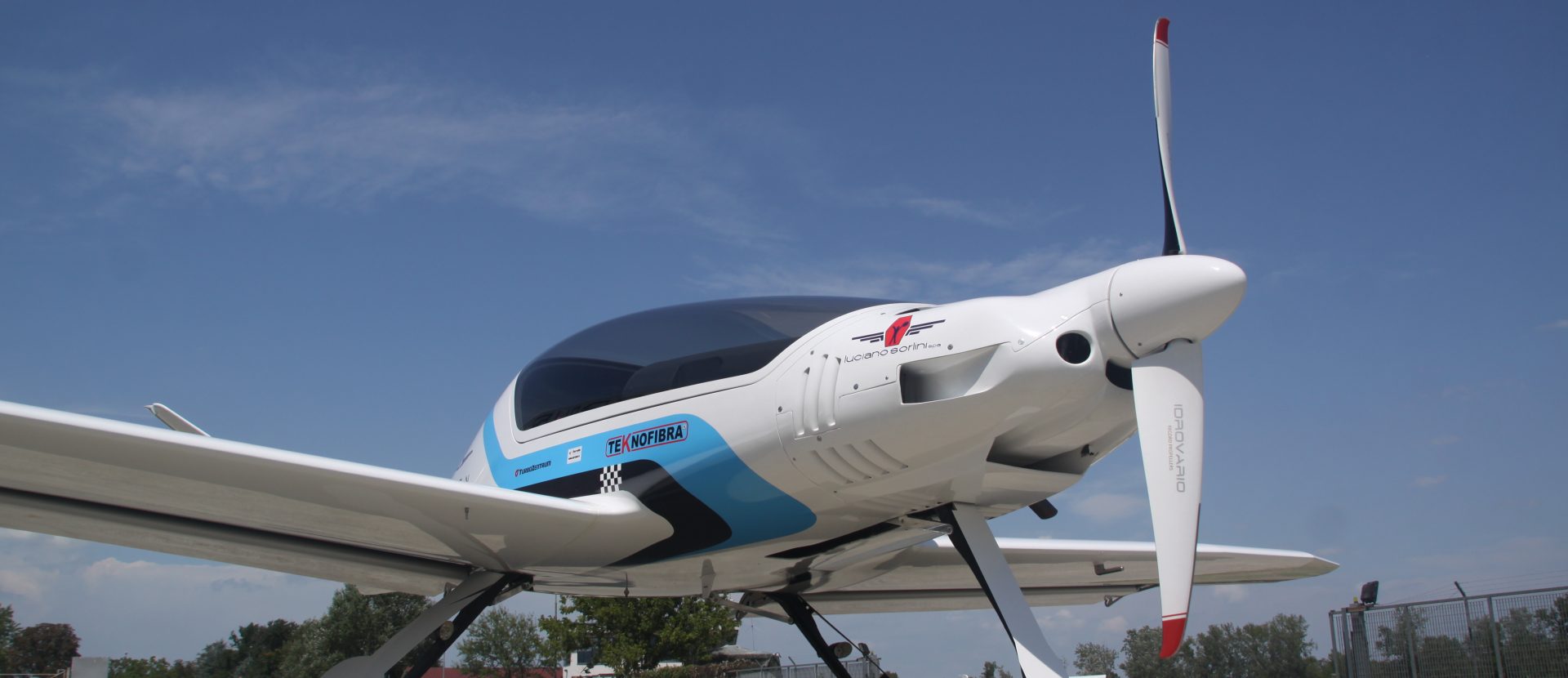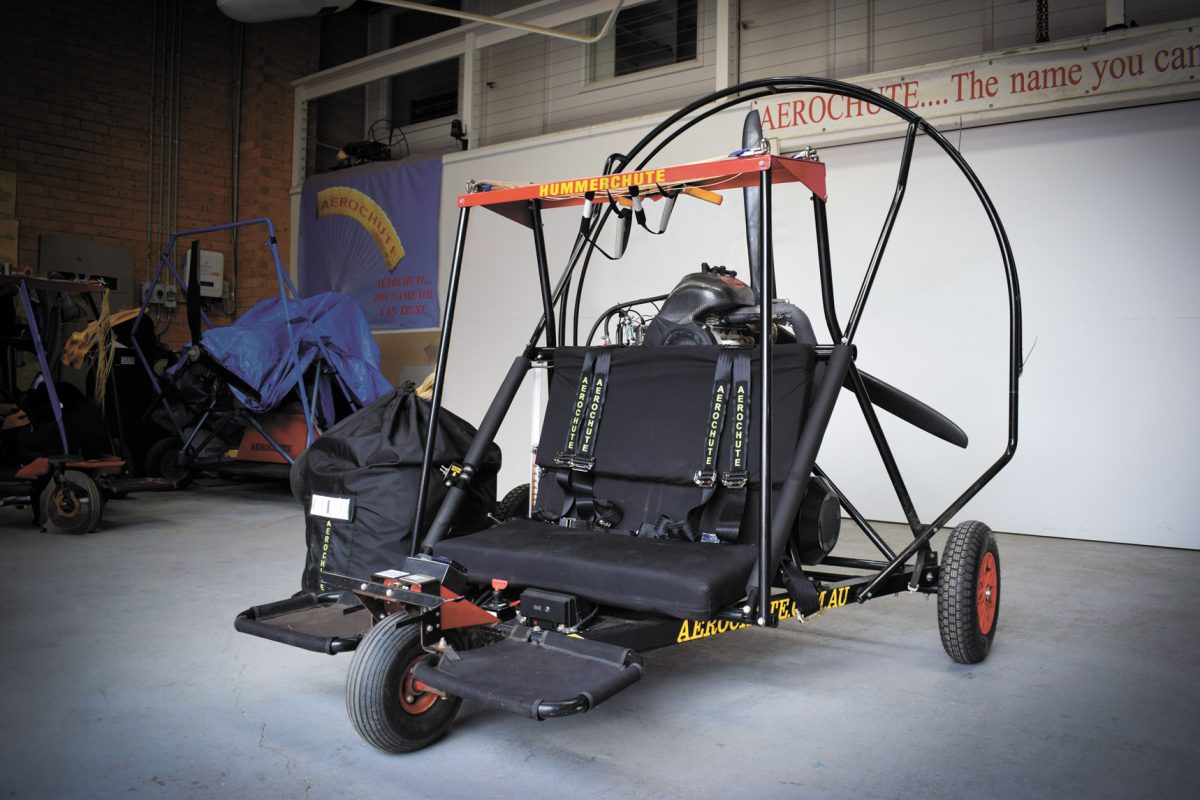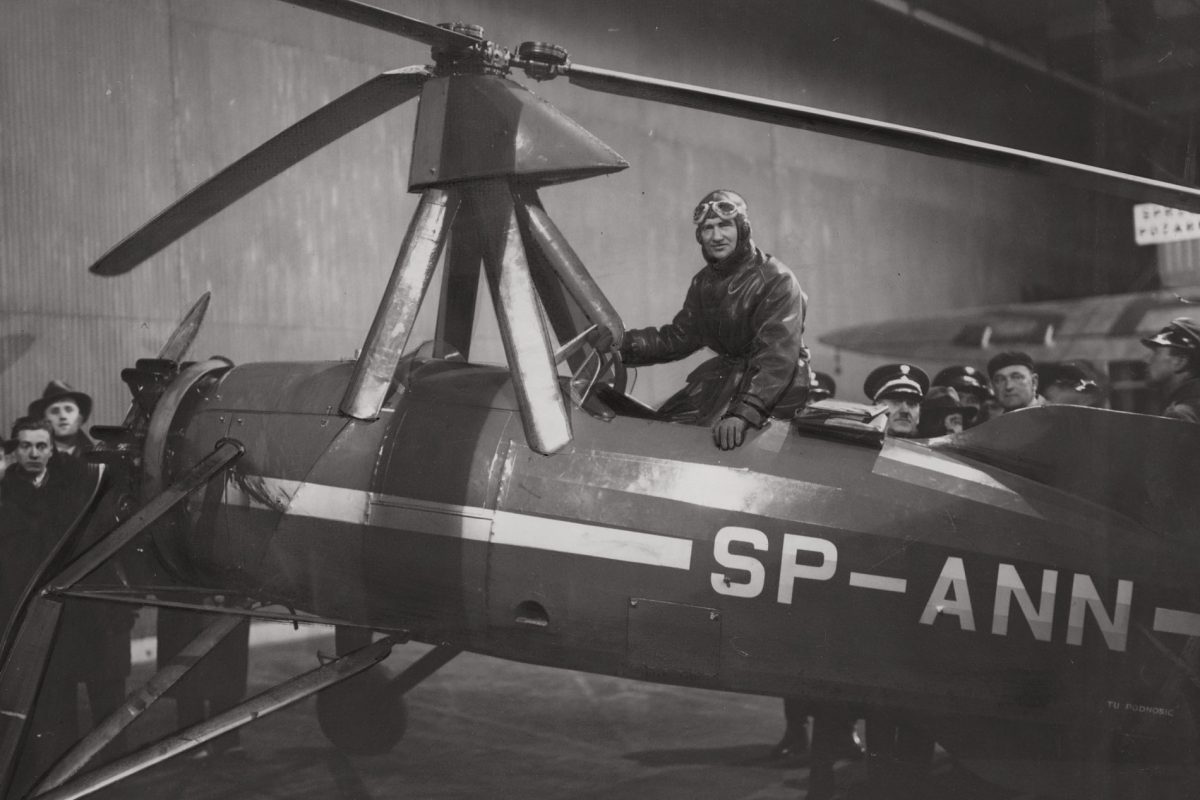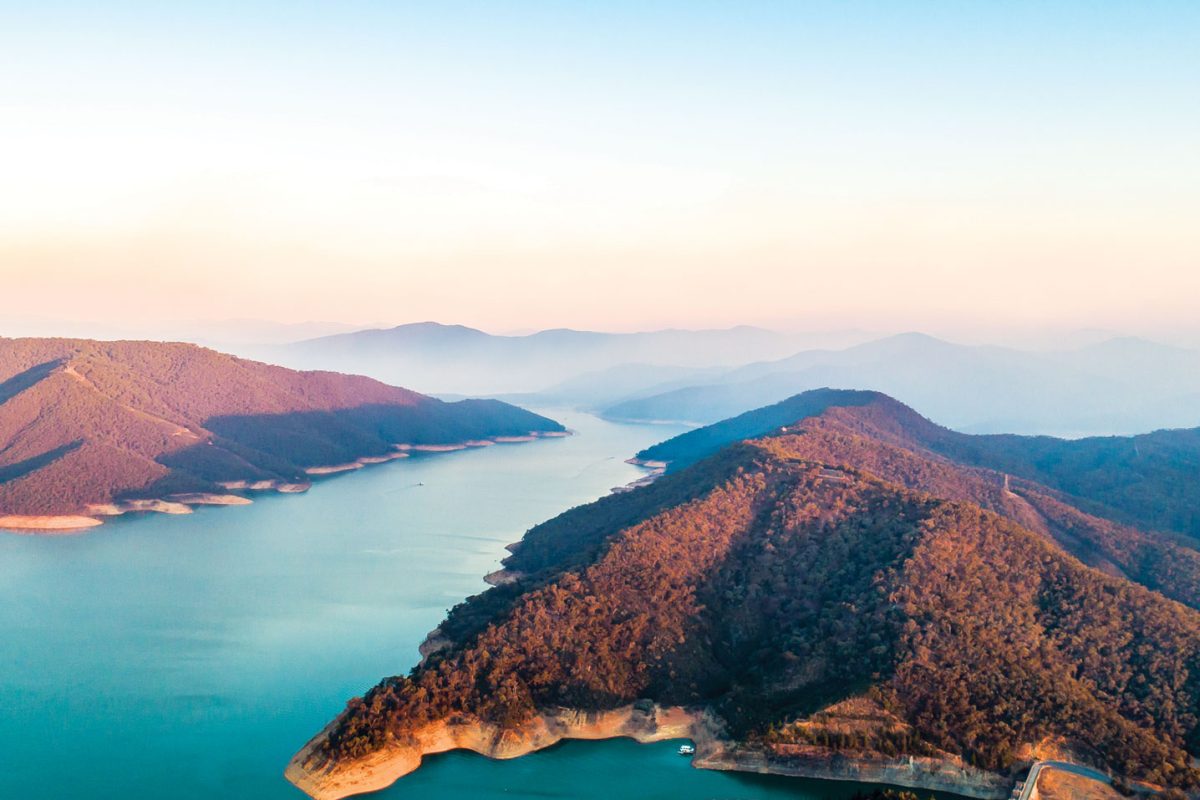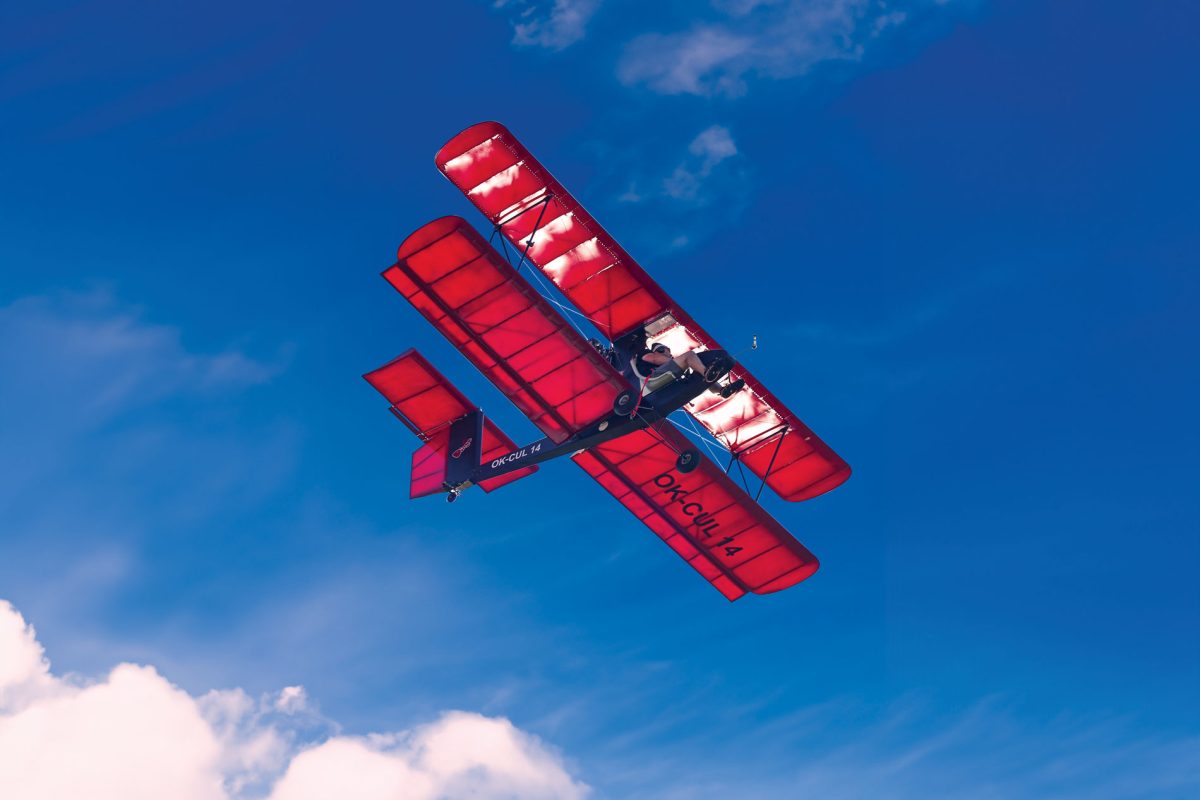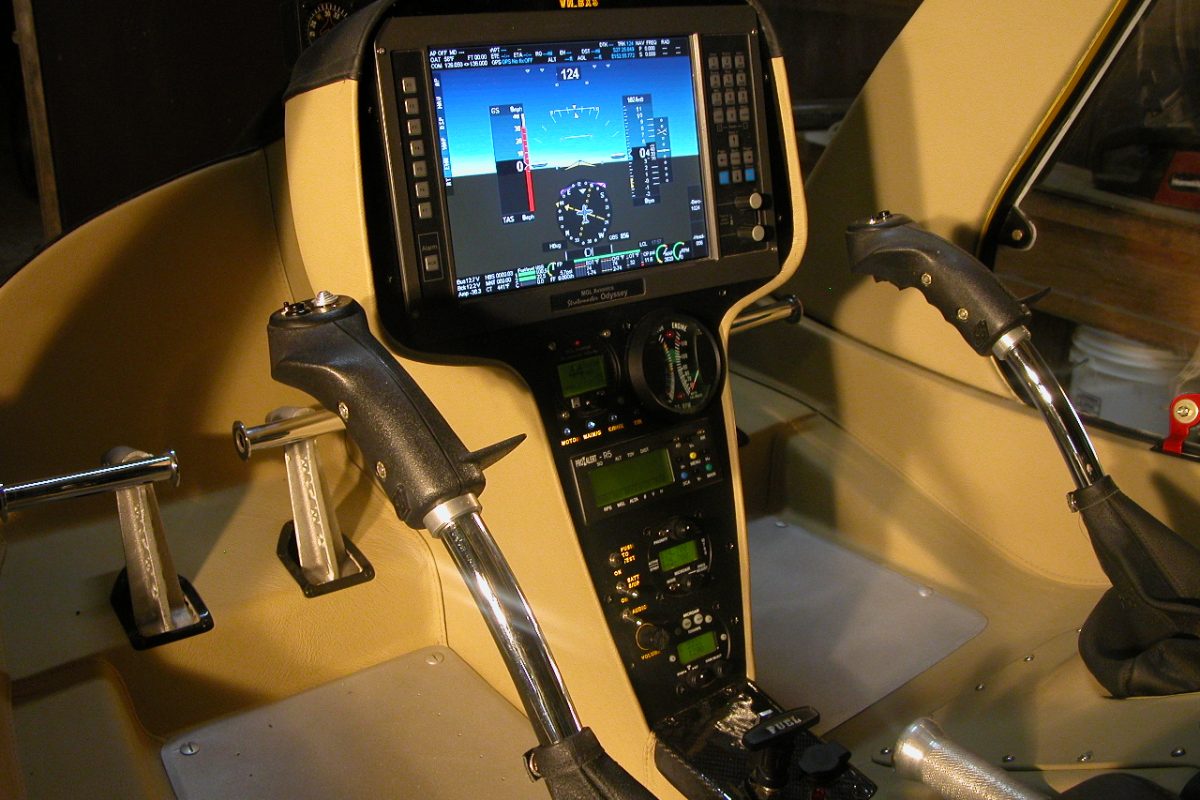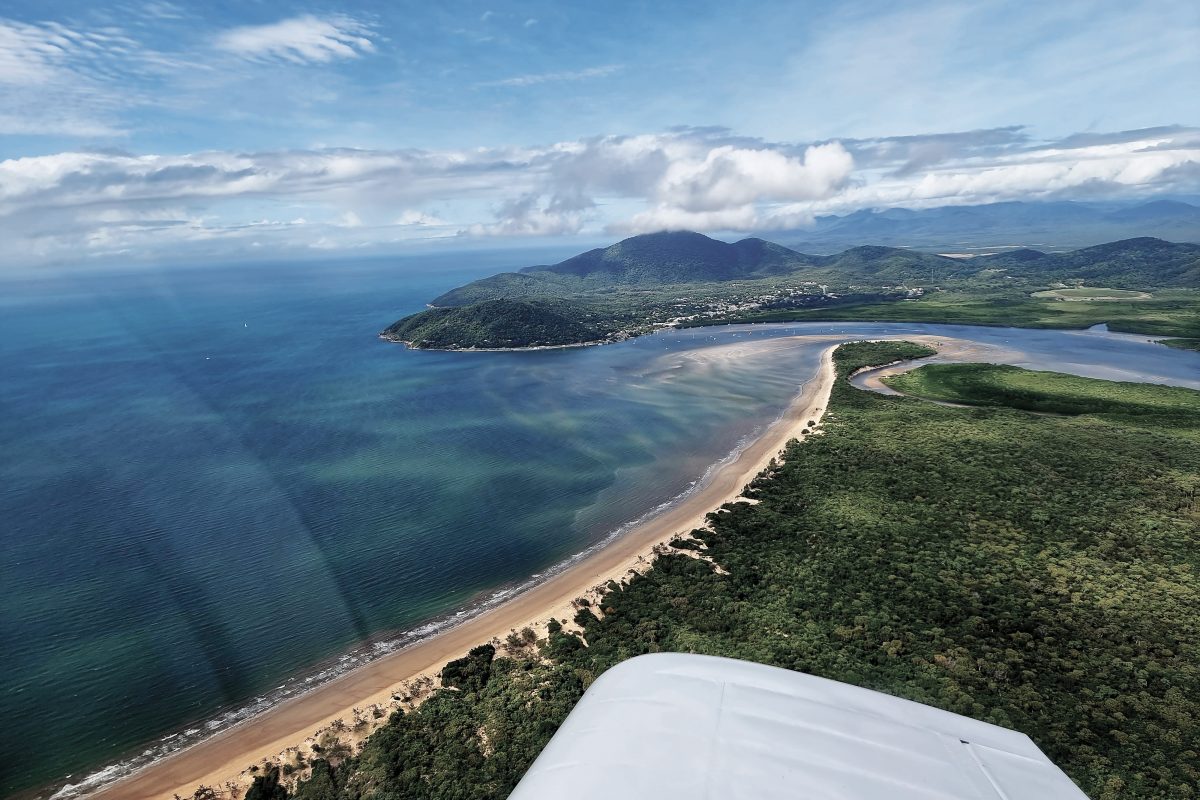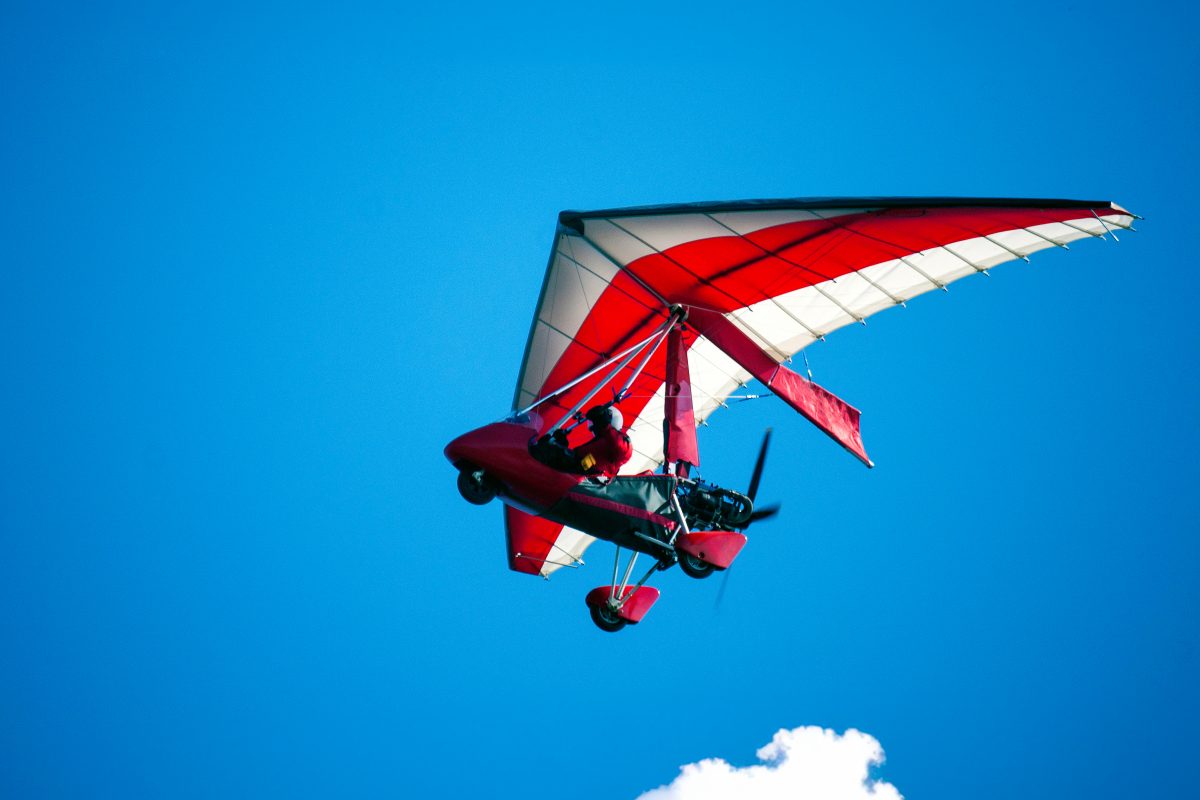The High-Achieving Speedster That’s Breaking Multiple Records
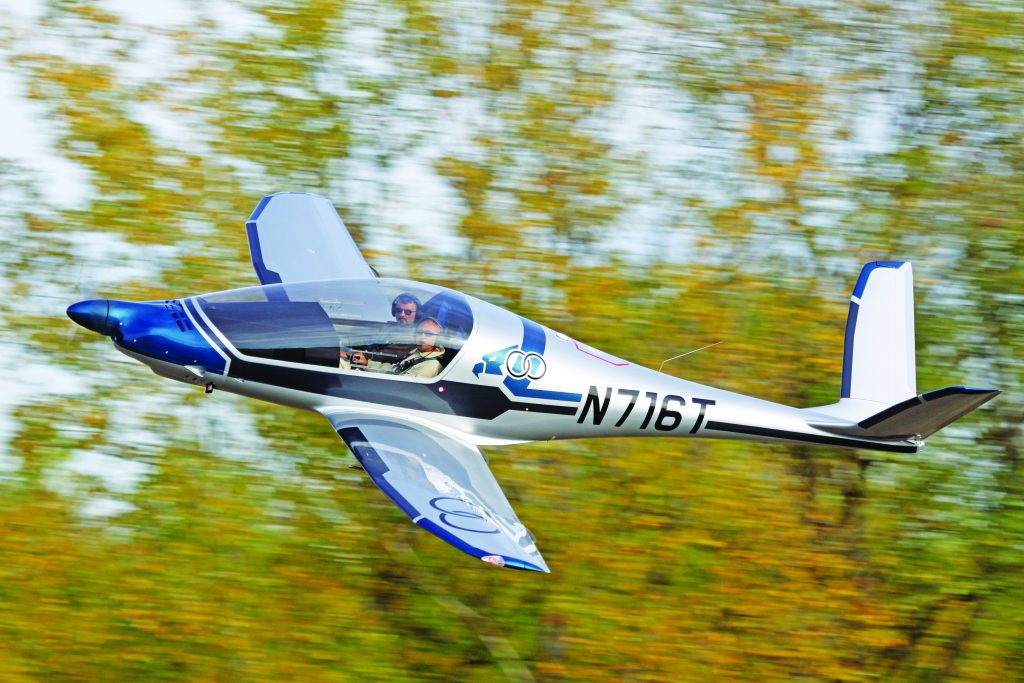
In the late 1980s and early 90s, Alberto Porto had a vision that would soon influence the science of aerodynamics — from aviation through to Formula 1.
Alberto Porto’s dream was a silhouette of what would become the Risen aircraft: a light sport aircraft design born out of a new understanding of fluid aerodynamics. In 1995, however, the timing wasn’t right. The market wasn’t in a state to desire such an aircraft, and Alberto needed the resources to find out if his dream would even work.
Meanwhile, Alberto owned a company that consulted on fluid dynamics, with expertise across high-level engineering that resulted in improvements in Formula 1 teams like Minardi and Ferrari. The research and findings also influenced the marine racing world of America’s Cup, for teams like Swedish Victory Challenge Team, Volvo Ocean Race Team New Zealand and Amer Sport One.
In 2016, it was time to bring the dream to life – years of hard work in fluid dynamics would mould the aircraft Alberto had only imagined, until now, when Alberto and his business partners started to piece together the first prototype. It was the success, experiences and feats during these years of research and consultation that resulted in the refinement of Alberto’s original idea – efficient, safe, and attractive. On March 12, 2012, the first Risen protype made its maiden flight. The pilot’s first comment upon touchdown? “It’s unbelievable!”.
The Risen aircraft’s design involved a new interpretation of aerodynamics. It would soon see unparalleled efficiency, matched with a luxury interior without compromises on avionics. Following flight testing and refinement, Alberto’s group made the decision to disclose the project to investors, and it took off. In 2015, the first production aircraft and production tools began. By December that year, the Risen set a new world speed record at 323 km/h with the standard Rotax ULS 100hp engine – with Alberto Porto as PIC.
Today you’ll find Alberto at Porto Aviation Group on their flight test site located in Voghera Rivanazzano Airport (LILH), northern Italy, in the Lombardy region. The factory currently produces only 12 of these aircraft per year, with plans to upscale currently underway.
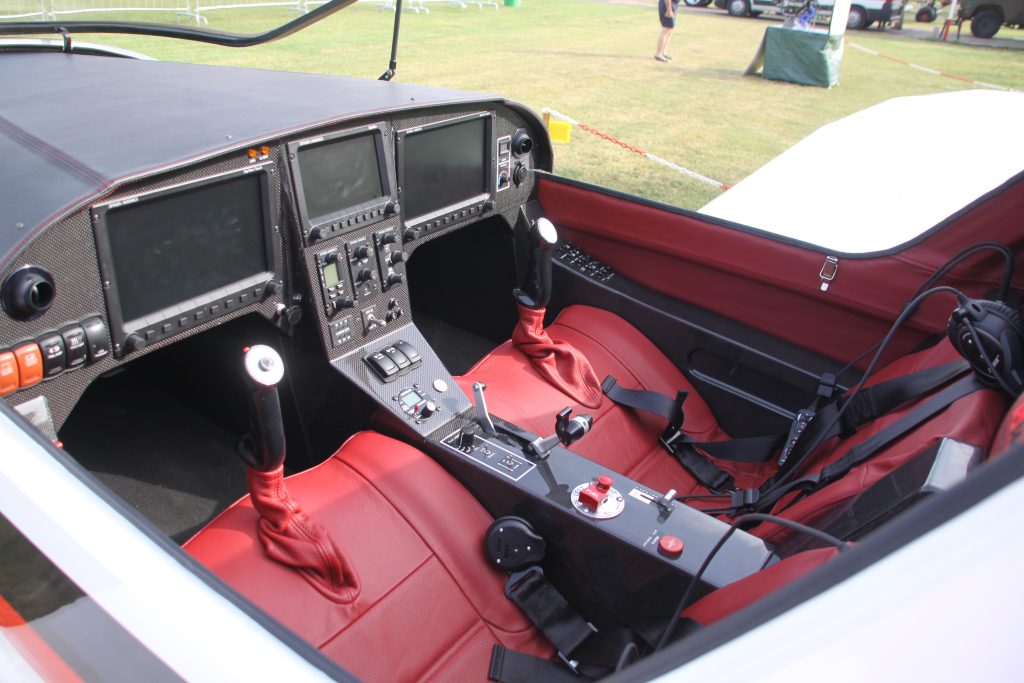
Now that we have the Risen’s childhood and upbringing well-covered, let’s take a look at what this incredible aircraft has grown into – and be prepared to be blown away!
The Risen is a 3-axis nosewheel setup with a retractable undercarriage. There’s also a fixed-gear variant called the Siren.
For specifications and performance, we should start by covering the baffling speeds that this aircraft achieves with ease. There are two speed records that it holds at present, in the 472.5kg MTOW category. The previous recordholder was a Frenchman named Eric De Barberin-Barberini, who previously covered 50km in 10 minutes and 56 seconds with an average speed of 274.80 km/h (148.4 knots) in a Shark ultralight.
Alberto Porto covered the same distance with an average speed of 288.33km/h (155.7 knots). In a straight-line flight, the fixed gear version broke another record, flying at low altitude for 15km and averaging 337.5km/h (182 knots). They’ve also put a Rotax 914 in a Risen and passed the 400km/h mark (216 knots). If you’re sitting there thinking these speeds are an insane achievement, we tend to agree.
The Super Veloce variant drops 40cm off each wing, making it 80cm less in width overall, but maintaining the same wing profile and fuselage. The 50L fuel tanks are centrally located in each wing, with optional 30L tip tanks to create a combined fuel capacity of 160L. The two tip tanks feed to the main tanks with electric
fuel pumps, with fuel only drawing from the main tanks.
The efficiency is abundantly clear the moment you take a look at the fuel efficiency, range and speeds where the Risen is happiest. The fuel range at maximum power on the 100hp model is 788 nautical miles. Wind it back to 75% power, and you’ll see 17 litres per hour cruising at 160 knots (sea level), and a range of 1,910km (1,031 nautical miles).
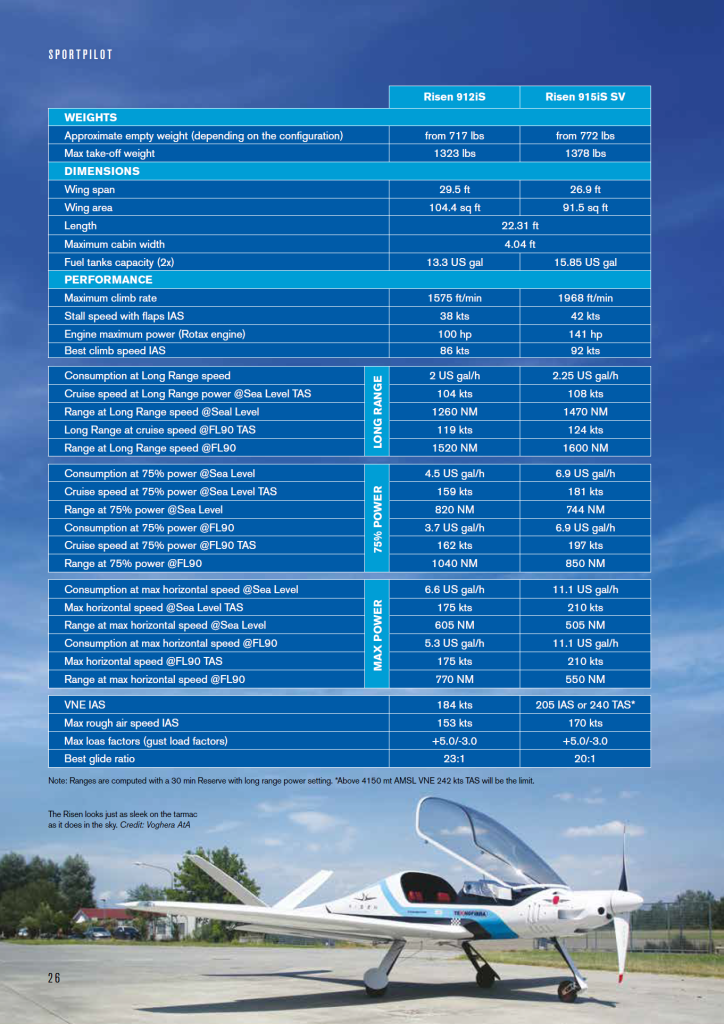
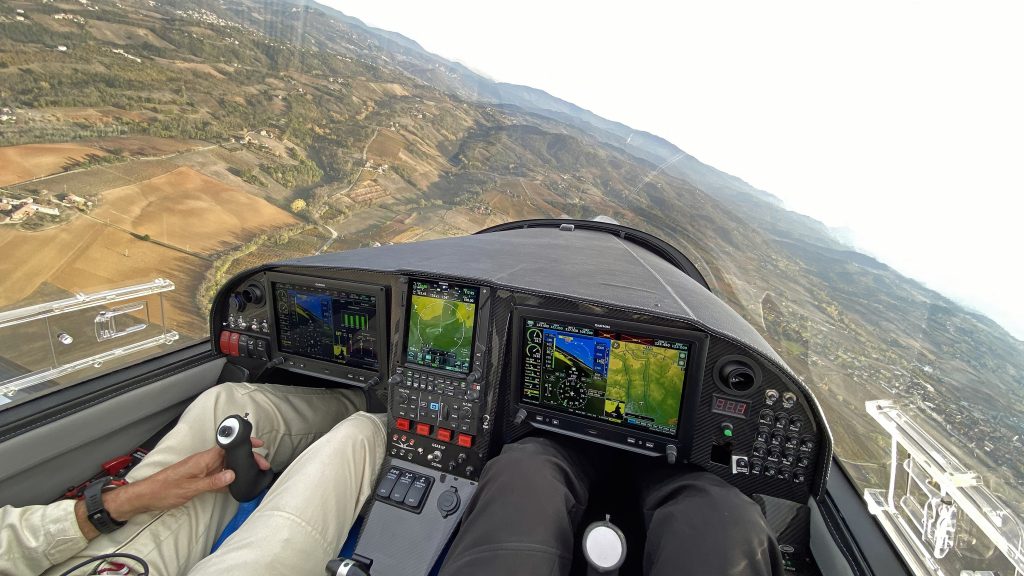
The maximum long range is over 1,500nm, with the standard 100 litres of fuel across 2 x 50 litre tanks. By comparison, the 141hp 915iS ‘Super Veloce’ variant has a range of 836 nautical miles, cruising at 180 knots, burning only 26 litres per hour. With this fit-out, you can see a maximum range of around 1,600 nautical miles on long-range settings with the 2 x 60-litre tanks.
You’ll also find that the glide ratio is 23:1 in the 100hp fit-out and 20:1 with the 141hp option. For comparison, most light sport aircraft will sit between 7:1 and 13:1. The design doesn’t just allow the aircraft to fly at high-speeds, but it is also happy at low speeds with a 42 knot stall speed.
Internally, it’s the usual story – you can get leather seats, you can specify your avionics – there’s plenty of space and plenty of options. If you haven’t seen one of these in the flesh yet, that’s because there’s only one in Australia, owned by Peter Loone, that was recently type accepted and registered by RAAus. For his regular trip between Canberra and Tasmania, he’s looking at 2hrs flight time each way, burning 34L a leg. And yes, you just read those numbers correctly.
Talking to Peter, he actually made the trip to Italy to meet Alberto and see the factory. Peter already owned a Magnus aircraft, but wanted the best fuel efficiency and speed available to him. Peter’s model features two main Dynon touchscreen avionic setups, for both pilots, with a centre smaller Dynon screen for navigation – although you could configure the three screens in any way you please.
The retractable landing gear has separately battery-powered emergency controls. The landing gear clearly doesn’t have the profile of an I-beam, but Peter always trusts the landing gear and has never hesitated to land on an unsealed runway. “The fabrication is made from layer upon layer of carbon fibre, and the strength is evident”, Peter says.
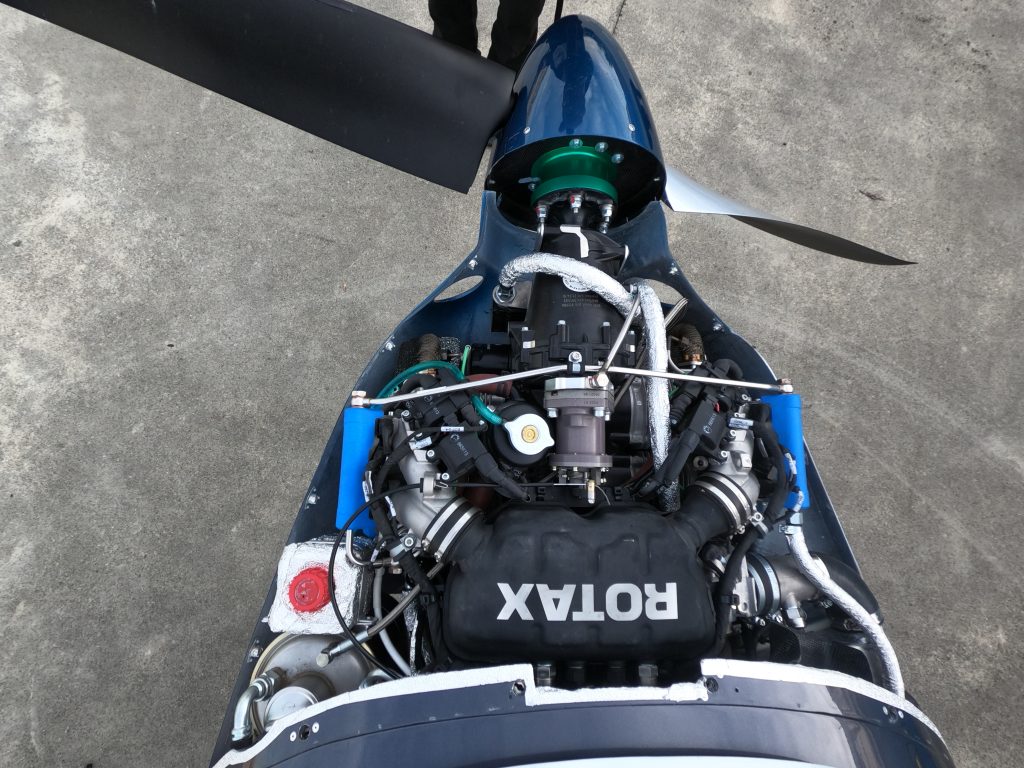
At 6 ft 4”, Peter had the fit-out adjusted for his height, but width-wise there’s more space in here (1.23m) compared to a Tecnam P92 Mark II (1.17m). That said, this is a bit more like sitting in a low sportscar. The throttle has since been moved forward in newer models, to the centre console, which has been the only issue he’d run into due to his height. Behind the pilot seats is a ballistic parachute system, and there are a number of other options to consider beyond that. For example, you’ll see some of the Risen aircraft are fitted with a Beringer Brakes ALIR Anti-Skid system, which is a differential braking regulator allowing you to adjust the pressure settings from 290 to 725 psi, preventing wheel locking by limiting the maximum pressure in the system.
When I spoke with the designer of the Risen, Alberto Porto, the first part of his vision became clear immediately; Porto Aviation Group make no false promises. “We tell our customers what the plane delivers and achieves, and we’re also happy to show them.” We’ve all seen manufacturer specifications that are at least 10% higher than reality, so I found it refreshing to see the same numbers on the dashboard that I’d see in the brochure.
For every light aircraft that is designed and built, the designers are normally chasing certain objectives and fighting to beat the trade-offs. If you want speed, you need power. With power comes weight. For Alberto, the Risen started with a blank sheet of paper.
“The goal was accommodating two people as comfortably as possible. We were inspired by the world of gliders, where aerodynamics are essential to characterise the plane and its efficiency.” The efficiency of the Risen is the result of several factors: the airfoil design, the wing design , the fuselage, the integration of the engine and propeller, the shapes and everything else that is part of the aircraft. The V-tail design for example, came out after several designs. With the use of the most modern technology, the team measured the efficiency of similar shapes with similar stability, resulting in a tail that performs like the others in terms of stability but offering improved
aerodynamics.
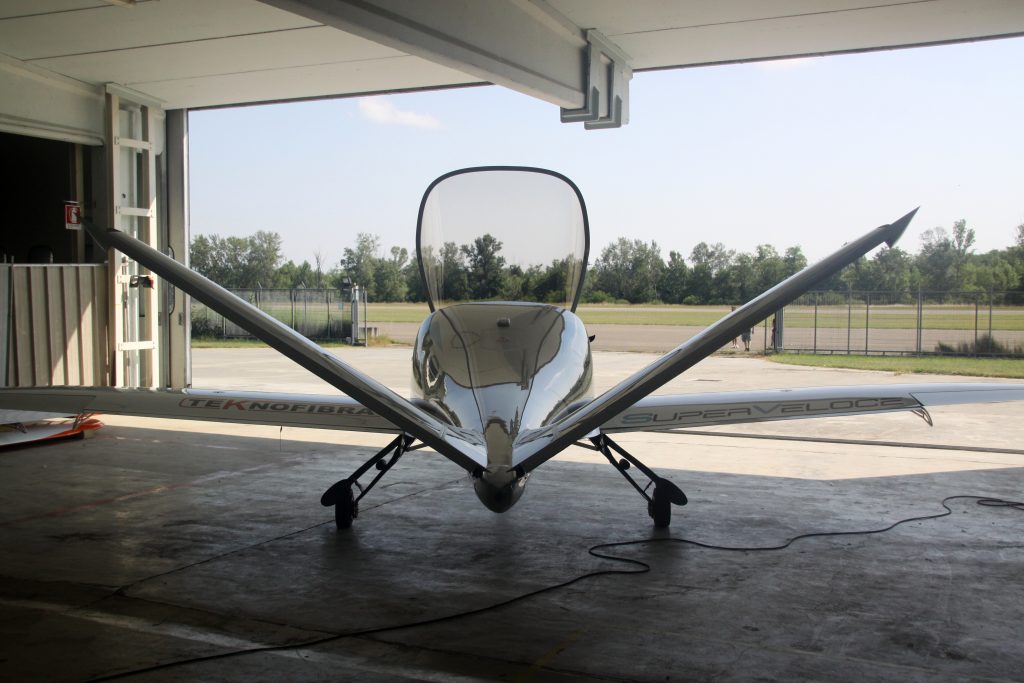
“We have simply focused on aerodynamics, knowing that efficiency and high speed are the consequence of that focus. Our goal has always been to be able to fly long distances in maximum efficiency and comfort.”
If there’s anything to learn from the Risen beyond its style and incredible performance, it’s that there is a huge amount of scope within aviation for vast improvement to efficiencies. The fact that recreational aircraft are pioneering some of this technology and that it’s available in Australia has us sitting on the edge of our chairs in anticipation of what’s to come next!
For now, anyone who’s keen on the Risen should arrange a call with Porto Aviation Group – and potentially an Italian site visit. After all, surely the best way to have a Risen trial flight is above Lake Como with the Swiss Alps in view – isn’t it?
